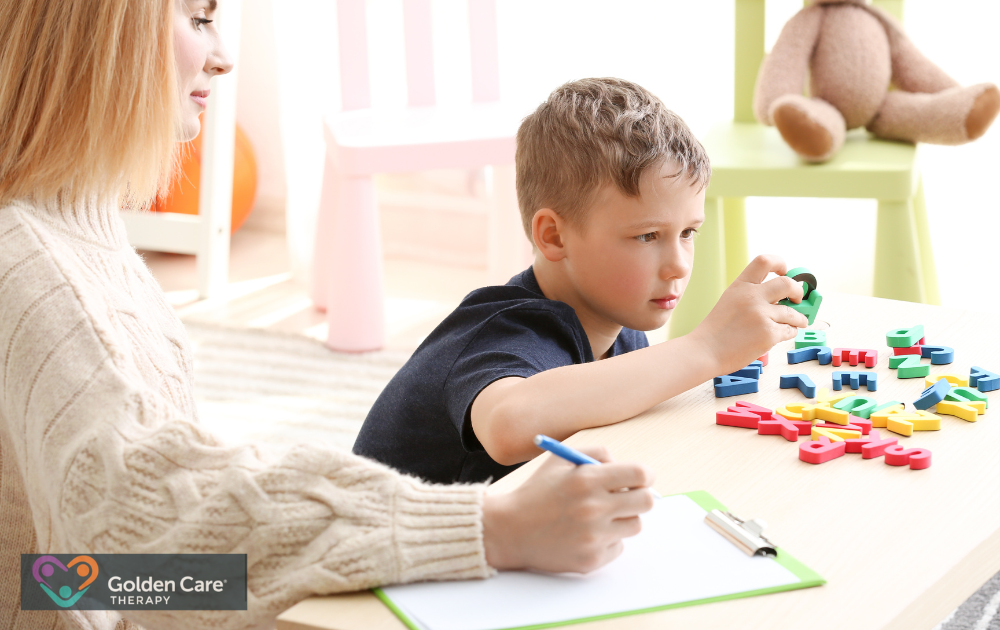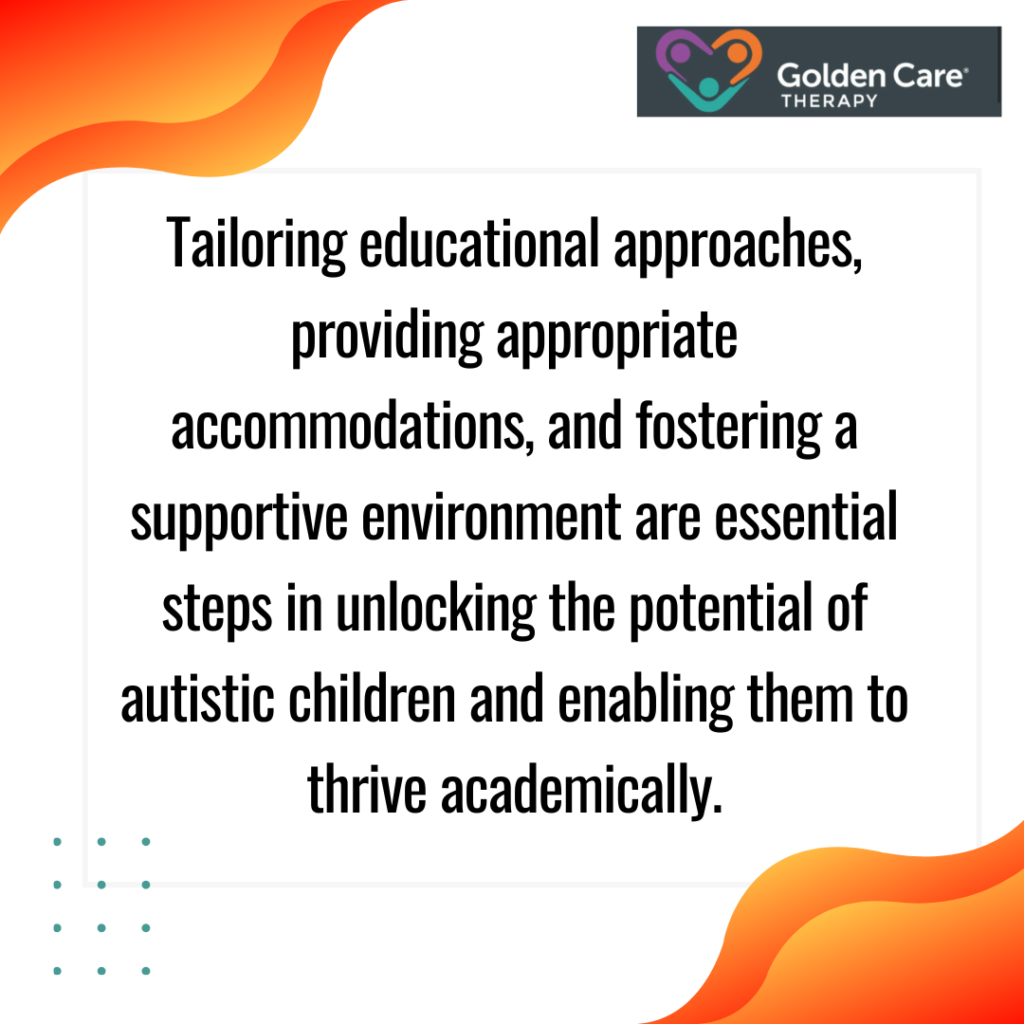
Every autistic child is unique, with individual strengths, interests, and learning styles. Understanding how an autistic child learns best is key to effectively meeting their specific needs.
Generally, these children tend to thrive in structured environments where expectations are clear and consistent. Visual aids, hands-on activities, and minimal sensory distractions can greatly enhance their learning experiences. By tailoring educational approaches to fit their distinct ways of processing information, educators and parents can significantly improve outcomes and help autistic children reach their full potential.
Challenges in a School Setting
Autistic children may encounter various challenges in a traditional school setting. These challenges can stem from difficulties with sensory processing, emotional regulation, executive functioning, and social skills. Sensory challenges, such as sensitivity to certain sounds, lights, or textures, can be overwhelming and distract from the learning process.
Moreover, emotional regulation difficulties can make it challenging for autistic children to manage their emotions and stay focused on academic tasks. Executive functioning impairments, which involve skills like organization, planning, and time management, can impact their ability to navigate the demands of a structured school environment. Additionally, social skills deficits can hinder their interactions with peers and teachers, leading to potential isolation and limited opportunities for social learning.
It is essential to consider these challenges when determining the best educational setting for an autistic child. Some children may benefit from specialized schools or classrooms that provide a supportive environment tailored to their needs, while others may thrive in inclusive settings with appropriate accommodations and support systems. Understanding the specific challenges faced by the child can inform decisions regarding their educational placement and help create an environment that maximizes their learning potential.
Intellectual Variability
Autistic children exhibit a wide range of intellectual capabilities. Some may have exceptional intellectual abilities and excel in certain academic areas, qualifying for gifted or advanced classes. On the other hand, some autistic children may experience learning difficulties or have specific learning disabilities that require targeted interventions and support. This variability in intellectual functioning emphasizes the importance of individualized approaches to education for autistic children.
Understanding the intellectual capabilities of autistic children can guide decisions about appropriate classroom settings and educational supports. For children with advanced abilities, it is crucial to provide them with opportunities for enrichment and challenging academic experiences. For those with learning difficulties, interventions tailored to their specific needs can help them overcome obstacles and make progress in their learning journey. By recognizing and addressing the intellectual variability among autistic children, educators and caregivers can create educational environments that meet their unique learning needs.
Educational Options for Autistic Children
Each educational option has its own advantages and should be tailored to meet the specific needs of the child. This section will explore two common educational options: classroom settings and homeschooling/unschooling.
Classroom Settings
Classroom settings are a popular choice for educating autistic children. These settings can range from general education classrooms to specialized classrooms designed specifically for students with autism. The choice of classroom setting depends on the individual child and their needs.
In general education classrooms, autistic children have the opportunity to learn alongside their neurotypical peers. This inclusion can provide valuable social interactions and opportunities for building relationships. However, additional support may be required to address the unique learning challenges that autistic students may face. This can be achieved through the utilization of resource classrooms or special education classrooms, where students receive targeted instruction and support from trained professionals.
Specialized classrooms for autistic children, also known as autistic-only settings, are another option. These classrooms are specifically designed to meet the unique needs of autistic students. They typically have lower student-to-teacher ratios and implement specialized teaching strategies to support the learning and development of autistic children.
Private schools specialized in autism are also available in some areas. These schools focus on providing comprehensive support and tailored education for autistic students. They often employ specialized staff and utilize evidence-based practices to create an optimal learning environment for autistic children.
Homeschooling and Unschooling
In cases where suitable educational options are limited or not meeting the needs of an autistic child, parents may consider homeschooling or unschooling as alternative educational options.
Homeschooling offers flexibility and the ability to tailor the curriculum to the child’s interests and learning style. This can be particularly beneficial for autistic children who may thrive in a more individualized and personalized learning environment.
Homeschooling also allows for a greater level of control over the learning environment, which can be helpful for addressing sensory challenges and promoting a comfortable and supportive atmosphere. Parents who choose homeschooling often work closely with their child to develop a curriculum that aligns with their strengths and interests, while still meeting academic requirements.
Unschooling, a form of child-led learning, is another option that may be considered. With unschooling, the child takes the lead in determining what and how they want to learn. It is based on the principle that children are naturally curious and learn best when pursuing their own interests. Unschooling can provide autistic children with the freedom to explore topics they are passionate about, while still acquiring important skills and knowledge.
It’s important for parents and caregivers to carefully evaluate the available educational options and consider the unique needs and learning preferences of their autistic child. Collaboration with educators, therapists, and other professionals can help guide the decision-making process and ensure that the chosen educational option provides the best possible learning environment for the child.
Learning Preferences of Autistic Students
To unlock the potential of autistic children and help them learn best, it is crucial to understand their unique learning preferences. Autistic students have specific needs and preferences that differ from their typical peers. In this section, we will explore the environmental preferences, the importance of a structured learning environment, and the perceptual modalities that play a significant role in their learning experience.
Environmental Preferences
Autistic students often have distinct environmental preferences when it comes to learning. While each individual may have their own specific preferences, there are some common themes that have been observed. Autistic students tend to thrive in environments with background noise, bright light, and warm temperatures. These factors can contribute to creating a comfortable and conducive learning environment for them.
Creating an environment that meets these preferences can help autistic students feel more at ease and focused on their learning tasks. It is important to consider factors such as the noise level, lighting conditions, and temperature when designing a learning space for autistic students.
Structured Learning Environment
A structured learning environment is key to supporting the learning needs of autistic students. They often benefit from clear routines, schedules, and well-defined expectations. Autistic students reported a strong need for structure and authority in their learning environment. They find comfort and motivation in knowing what to expect and thrive when they have a clear understanding of the rules and guidelines.
A structured learning environment provides the necessary framework for autistic students to engage in their learning activities effectively. It helps them feel secure, reduces anxiety, and promotes their overall learning experience. Teachers and caregivers can create visual schedules, use visual supports, and establish consistent routines to ensure a structured learning environment for autistic students.
Perceptual Modalities
Autistic students have unique perceptual modalities through which they prefer to learn. These modalities include tactile, visual, auditory, and kinesthetic preferences. While visual supports are commonly provided to support their learning, it is important to recognize that autistic students often have preferences for multiple modalities.
By incorporating a variety of sensory experiences into their learning activities, educators can cater to the diverse perceptual modalities of autistic students. Providing hands-on materials, visual aids, auditory cues, and movement-based learning opportunities can enhance their engagement and comprehension.
By creating tailored learning environments that align with their preferences, educators can maximize their learning potential and create a positive and inclusive educational experience.
Tailoring Learning Environments
It is crucial to tailor the learning environment to meet their individual needs and styles. Autistic children have unique learning preferences that should be considered to create an environment that maximizes their success.
Individual Needs and Styles
Each autistic child has their own set of strengths, challenges, and learning styles. It is important to recognize and understand these individual needs to provide appropriate support. Some children may excel in certain subjects or display exceptional skills in specific areas, while others may struggle with particular tasks or concepts.
To create a tailored learning environment, educators and caregivers should take the time to observe and assess the child’s learning preferences. This can involve identifying their preferred learning modalities, such as visual, auditory, tactile, or kinesthetic. Understanding how an autistic child processes and absorbs information can guide instructional strategies and materials that cater to their unique style.
Matching Instruction for Success
Matching instruction to the particular learning style of an autistic child has been shown to be beneficial. By aligning teaching methods and materials with the child’s preferred modalities, educators can enhance engagement and comprehension. For example, visual learners may benefit from charts, visual aids, and diagrams, while kinesthetic learners may appreciate hands-on activities and manipulatives.
In addition to considering learning styles, it is important to create a structured learning environment for autistic children. They often thrive in predictable and organized settings that provide clear routines and expectations. Establishing consistent schedules, visual schedules, and visual cues can help create a sense of stability and reduce anxiety.
When tailoring the learning environment, it is also beneficial to provide opportunities for social interaction and collaboration. Autistic students can benefit from peer interactions and group work, as they may feel motivated by observing others and learning from their peers.
Encouraging social engagement and facilitating opportunities for cooperative learning can enhance their overall learning experience.By recognizing the individual needs and learning styles of autistic children, educators and caregivers can create a supportive and inclusive learning environment.
Sources:
https://autismnow.org/blog/the-learning-styles-of-children-with-autism-spectrum-disorder/
https://www.verywellhealth.com/educational-options-for-children-with-autism-260393
- Autism Routine Disruption in Adults: Coping Tips - July 16, 2024
- Autism and Obsession: An Overview - July 16, 2024
- Autism and Taking Clothes Off: Management Tips - July 16, 2024




